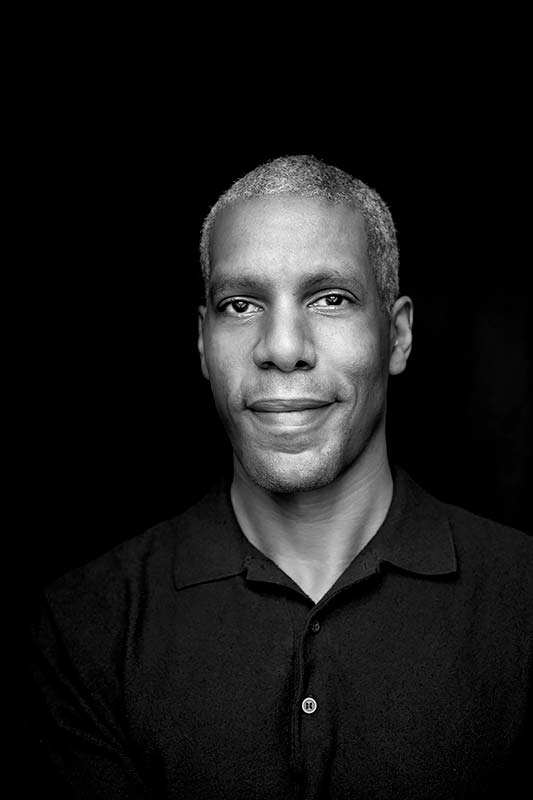Manuel Armenis is an award winning independent street and fine-art photographer based in Hamburg, Germany, dedicated to documenting daily life. He was born in Mannheim (Germany).
He studied at Icart, École de Photographie in Paris (France), and at the University of the Arts in London (England). Since graduating he has been working as an independent filmmaker and photographer.
The emphasis of his practice is the realization of long-term projects with a focus on exploring the human condition within everyday and commonplace urban environments. Manuel´s work has been exhibited internationally in galleries in both solo and group shows. His photographs were published in leading contemporary photography magazines and online. He has received numerous awards, including 1. prize winner at the Sony World Photography Awards in 2018, and has been a finalist at the LensCulture Street Photography Awards in 2017 and at the Meitar Award for Excellence in Photography in 2019, among others. Manuel currently lives and works as a freelance photographer in Hamburg, Germany.
About Diamond Days
The quintessential trait of the mundane is, of course, its lack of spectacle. It is recognizable to us, familiar, in its plainness and with its non-event-character. Due to those alleged properties it is a world that gets all too willingly labeled boring and banal. At times we might even feel offended by its lack of sophistication. We believe to know the mundane well, but, unimpressed by its unremarkable nature, we usually choose to look elsewhere. And yet, as much as we try to ignore it, there remains this suspicion that we might not be able to evade it. An inkling that it might contain something that keeps us connected.
The series Diamond Days is an exploration of the commonplace. We are shown snippets of the everyday, fragments of moments, ordinary situations. There is a playful touch to this world, a colorful lightness and warmth, a sense of joy; and yet, these unassuming landscapes seem to contain something else. Elusive. Layered. Ambiguous. A somewhat bleaker undercurrent which might pick up on the sensation of slight unease that we often associate with the ordinary.
By carrying signs of human behavior and a way of living, the ordinary provides us with a rendering of the now. But it also contains references to a time gone by and challenges us to look back. It exposes our need to make sense of our lives and raises the tricky question of what could have been. It confronts us with the notion of missed opportunities and unfulfilled dreams. And it reveals our disposition to fill any void with nostalgia.
